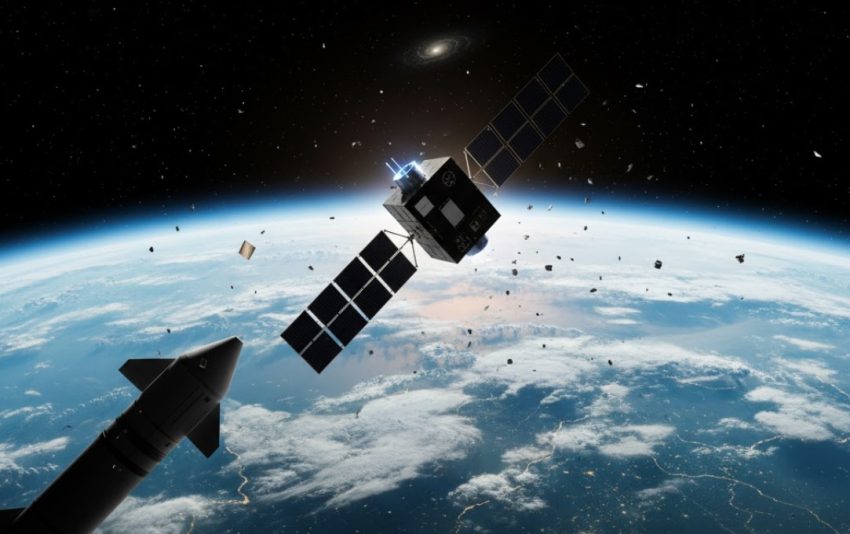ISLAMABAD – Moment of pride and excitement for Pakistan, a rocket carrying Pakistan’s first hyperspectral satellite, HS-1, entered space in historic leap in the country’s space ambitions.
Islamabad launched its first-ever hyperspectral satellite, HS-1, from China’s Jiuquan Satellite Launch Centre (JSLC), marking a monumental leap in its journey to becoming a regional space power.
Space and Upper Atmosphere Research Commission (Suparco) confirmed the successful launch during a live broadcast from Karachi, where Pakistani scientists and engineers erupted in applause as HS-1 soared into the skies aboard a Chinese rocket.
HS-1 successfully reached its orbit and will soon begin operations after in-orbit testing, Suparco spokesperson announced, calling it a moment of national pride and a milestone for Pakistan’s Vision 2047.
HS-1 is advanced spacecraft carries state-of-the-art hyperspectral imaging sensors capable of capturing hundreds of spectral bands, allowing it to “see” what ordinary satellites can’t.
From crop health and soil moisture to pollution, deforestation, and melting glaciers, HS-1 will deliver unprecedented insights into Pakistan’s environment, agriculture, and urban growth. It will also monitor geo-hazards along key infrastructure under the China–Pakistan Economic Corridor (CPEC), protecting roads, tunnels, and dams in some of the world’s toughest terrains.
Pakistani leadership hailed mission as symbol of enduring Pakistan–China cooperation. Deputy Prime Minister and Foreign Minister Ishaq Dar praised scientists from both countries for their exceptional teamwork and dedication, calling the mission a shared triumph for the future of space exploration.
HS-1 mission is Pakistan’s third satellite launch of 2025, following the successful deployment of EO-1 in January and KS-1 in July. All three are now operational, forming a powerful constellation to boost the country’s remote-sensing capabilities.













